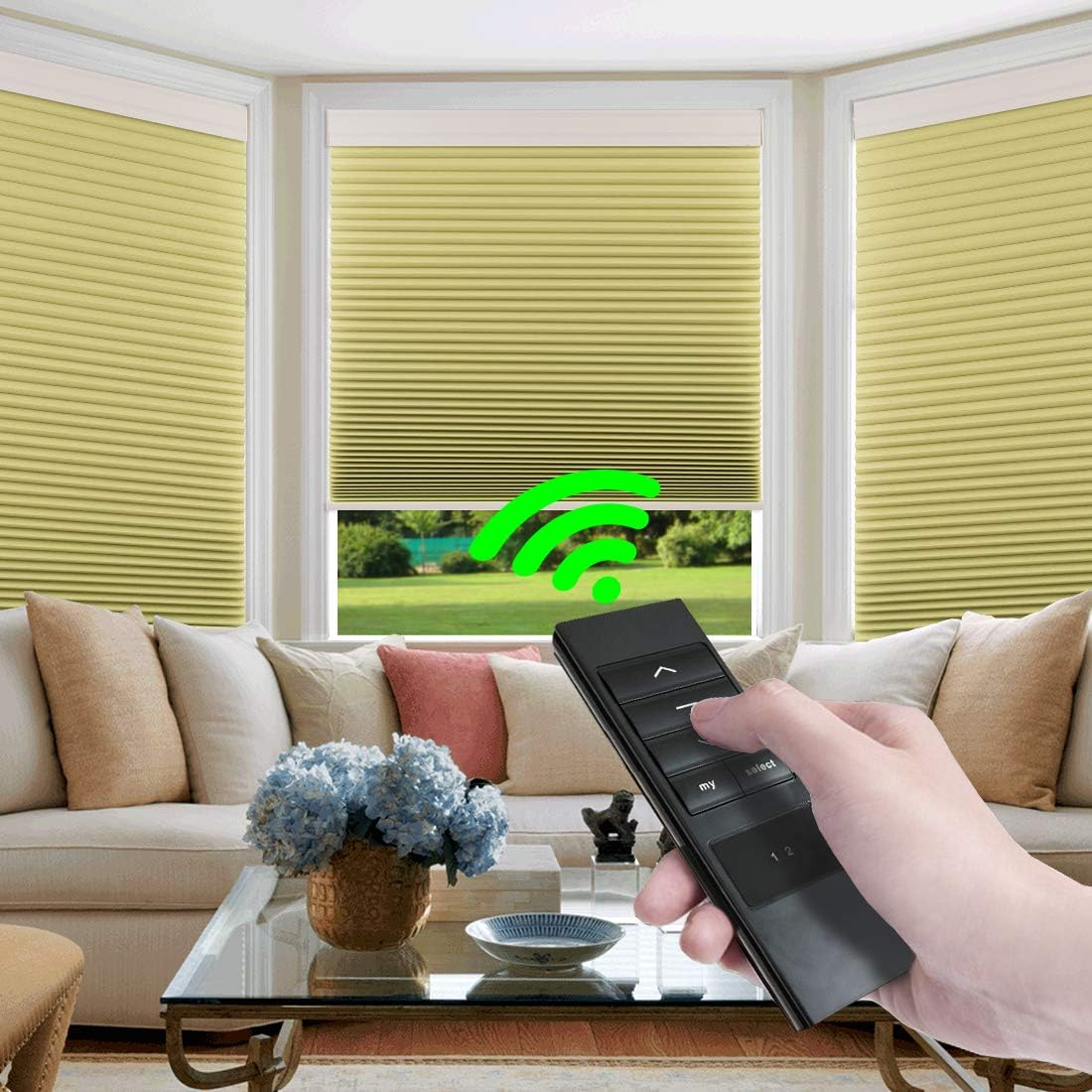Automated blinds are revolutionizing how we control light and privacy in our homes, eliminating the need for manual adjustments. These smart blinds can not only be opened and closed with the push of a button, but they can also respond to voice commands, making them a seamless addition to your smart living environment. Imagine transforming your living space with voice-controlled curtains that integrate effortlessly into your daily routine. The rise of DIY blinds automation has empowered enthusiasts to create their own personalized systems, such as the Arduino blinds project, utilizing technology to enhance convenience. With the potential to include features like stepper motor blinds, these innovative solutions offer both functionality and modern elegance.
The concept of automated window coverings is gaining traction among homeowners looking for enhanced control over their living spaces. Known alternatively as motorized drapes or intelligent shade systems, these solutions provide functionality that goes beyond traditional blinds. By employing technology such as stepper motors and voice activation, users can experience unprecedented levels of comfort and ease. The growing popularity of DIY installations, including projects involving platforms like Arduino, showcases how accessible this technology has become. Whether referred to as automated shades or smart window treatments, these innovations are reshaping interior design and lifestyle.
The Convenience of Automated Blinds
Automated blinds are revolutionizing the way homeowners manage their indoor lighting. By eliminating the need for manual adjustments, these intelligent window coverings make it easier to enhance privacy and control light levels in any room. With options like smart blinds and voice-controlled curtains available on the market, users can set schedules or control their blinds with simple voice commands, bringing a new level of convenience to daily living.
Incorporating a DIY approach to automate blinds can be a rewarding project, as seen in the innovative efforts of DIY enthusiasts. Through easy mechanisms like a ball chain and a stepper motor, many individuals take the first steps toward creating their own automated solutions. These projects not only improve the functionality of traditional blinds but also add a layer of customization that can cater to specific household needs.
Frequently Asked Questions
What are automated blinds and how do they work?
Automated blinds are window coverings that open and close automatically, often integrating technologies such as ball chains and motors to facilitate movement. They can be controlled using smart home systems, voice commands, or even DIY automation projects. For example, using a stepper motor setup with an Arduino allows for precise control of the blinds, enabling ease and convenience in managing light levels.
Can I build my own DIY automated blinds system?
Yes! You can create your own DIY automated blinds system using components like a stepper motor, an Arduino board, and voice recognition modules. By using a NEMA 17 stepper motor connected to an Arduino, you can achieve precise positioning of the blinds, making your project both cost-effective and highly customizable.
How do voice-controlled curtains work with automated blinds?
Voice-controlled curtains are a feature of automated blinds that allow users to open or close their window coverings using voice commands. This functionality is typically enabled by integrating a voice recognition module, such as the DFRobot Gravity module, with an Arduino project, allowing for offline control without the need for internet access.
What materials do I need for an Arduino blinds project?
To undertake an Arduino blinds project, you will need essential materials such as a stepper motor (like a NEMA 17), an Arduino Nano, an A4988 stepper motor driver, a 3D-printed gear for mechanical connection, and optionally a voice recognition module for voice control. These components work together to automate your blinds effectively.
Are there any benefits to using smart blinds over traditional manual blinds?
Yes, smart blinds offer several advantages over traditional manual blinds. With automated operation, you can easily control light levels through remote access or voice commands, enhancing convenience and energy efficiency. Additionally, integrating features such as scheduling and automation can help further optimize your living space.
What is the role of a stepper motor in automated blinds?
A stepper motor plays a crucial role in automated blinds by providing precise control over the movement of the blinds. This allows for accurate positioning, enabling users to set their blinds to maintain desired light levels at all times, whether automatically or through manual programming.
How reliable are voice-activated blinds in terms of performance?
Voice-activated blinds are highly reliable, especially when implemented with offline voice recognition modules. Such systems do not rely on internet connectivity, ensuring consistent performance. Once configured, they can accurately respond to basic commands, providing a seamless operation of your automated blinds.
Can automated blinds be integrated into smart home systems?
Absolutely! Automated blinds can be seamlessly incorporated into existing smart home systems, allowing you to control them via smartphone apps or smart home hubs. This integration enables more advanced features, such as scheduling, scene settings, and voice control through platforms like Amazon Alexa or Google Assistant.
| Feature | Description |
|---|---|
| Automated Blinds | A system to operate blinds without manual intervention. |
| Mechanism | Utilizes a ball chain and a stepper motor for operation. |
| Motor Type | Uses a NEMA 17 stepper motor for precise movement. |
| Control System | Controlled by an Arduino Nano and A4988 stepper motor driver. |
| Voice Activation | Equipped with a DFRobot Gravity voice recognition module for offline command handling. |
Summary
Automated blinds offer a seamless solution for controlling light in your home without the inconvenience of manual operation. With advancements in technology, like integrating stepper motors and voice recognition systems, homeowners can enjoy precise and convenient control of their blinds. This automation not only simplifies daily tasks but also enhances the overall living experience. In conclusion, automated blinds represent a significant step forward in home automation, ensuring ease of use and adaptability in a busy lifestyle.
